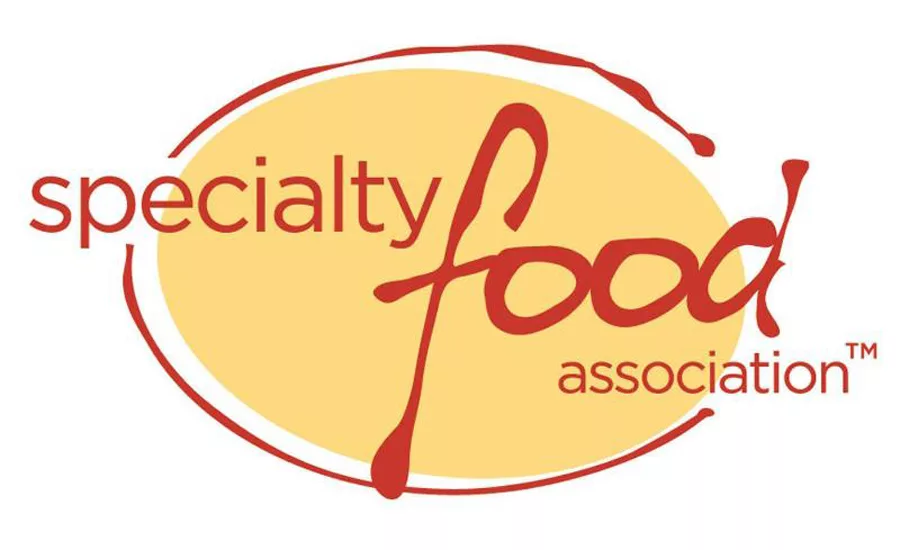TECH FLASH
Specialty foods hit record sales in 2015
Fifty-eight out of 61 specialty food categories enjoyed double-digit sales growth in 2015.

The specialty food industry continued to grow in 2015, racking up record sales of $120.5 billion. Sales at retail grew to $94 billion, a 19.7 percent jump since 2013, driven by product innovations and a wider availability of specialty foods through mass-market outlets, according to the Specialty Foods Association.
The supply chain has also embraced the importance of e-commerce as a way to sell directly to consumers. Eighty-five percent of manufacturers sell via their own website, and 49 percent use a third-party platform like Amazon. Importers cite online sales as one of their fastest-growing channels. These findings are from a new report from the Specialty Food Association produced in conjunction with research firms Mintel International and SPINS/IRI.
Fifty-eight out of 61 specialty food categories enjoyed double-digit sales growth in 2015, and two categories grew by more than 200 percent. Fresh, protein and convenience are three trends holding steady as evidenced in the specialty food categories showing the most sales growth in 2015: refrigerated RTD tea and coffee; eggs; jerky and other meat snacks; refrigerated pasta; and water. However, 15 categories experienced a downturn. The biggest drops were in frozen juices and beverages, drink mixes and concentrates, and cold cereals.
The 10 best-selling categories within the specialty foods industry are similar to those last year. Cheese and cheese alternatives remain at the top, growing 14.7 percent over the past two years. Frozen and refrigerated meat, poultry and seafood and chips, pretzels and snacks inched up to the second and third spots, respectively. Refrigerated entrées and prepared meals entered the top 10 thanks to a 34.5 percent increase in sales over the past two years. Categories with the biggest sales growth are refrigerated ready-to-drink tea and coffee; eggs; jerky; and other meat snacks. Unit sales of specialty foods grew 13.7 percent overall to 15.6 billion.
According to the report, many in the supply chain believe non-GMO will be a product claim of growing importance to consumers, with 49 percent of manufacturers planning to introduce products that are non-GMO in 2016. Local products also continue to remain an important way retailers differentiate themselves.
More on the report can be found here.
Looking for a reprint of this article?
From high-res PDFs to custom plaques, order your copy today!



